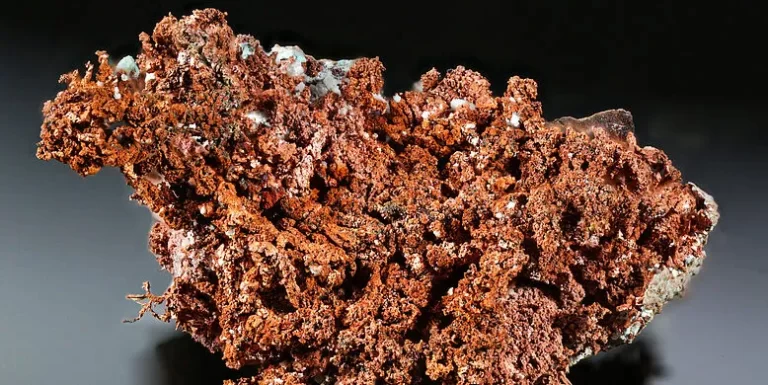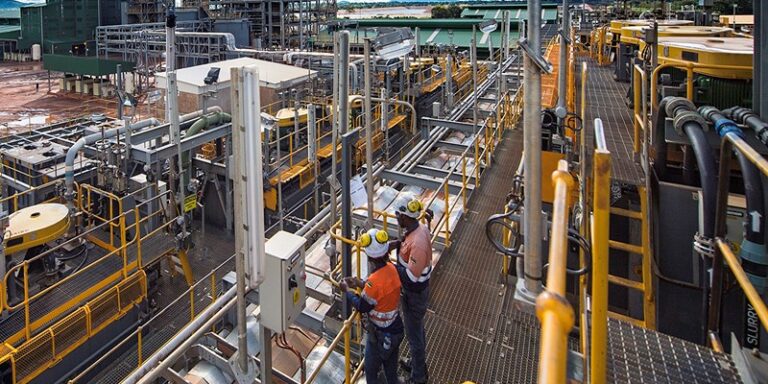
As fuel prices surged earlier this year, Ethiopian civil servant Awgachew Seleshi decided to embrace the government’s push toward green technology by purchasing an electric vehicle (EV).
However, months later, he finds himself questioning the decision due to unreliable electricity, high costs of spare parts, and a lack of skilled mechanics.
“Charging my car has been a challenge,” Seleshi said. “Spare parts from China are expensive, mechanics struggle with repairs, and the resale value is poor.”
These issues highlight the broader difficulties Ethiopia faces as it implements its bold policy to phase out gasoline-powered private vehicles.
In January, Ethiopia became the first country globally to ban the importation of non-electric private cars, aiming to reduce dependency on costly fuel subsidies and align with global environmental goals.
The policy has had some success. Authorities report that over 100,000 electric vehicles are imported monthly, with plans to increase this figure to 500,000 by 2030.
The Grand Ethiopian Renaissance Dam, expected to produce over 5,000 megawatts of electricity within a year, is central to the government’s strategy to power this transition.
Despite these ambitions, Addis Ababa, a city of over five million, struggles with inadequate infrastructure and services to support EV adoption. Few garages can repair electric vehicles, and overwhelmed mechanics lack the tools and expertise.
“There are only two or three garages that can handle EV repairs in Ethiopia,” said mechanic Yonas Tadelle. “We lack spare parts, tools, and the know-how to fix these cars.”
As a result, many EVs are parked indefinitely, awaiting parts from China. Meanwhile, EV owners report being overcharged for repairs due to limited competition.
Transport Minister Bareo Hassen Bareo remains optimistic, describing EV adoption as a cornerstone of Ethiopia’s green economy.
The government plans to invest in public charging stations and establish local EV battery manufacturing to reduce reliance on imports.
Private efforts, such as a joint venture between Olympian Haile Gebrselassie and Hyundai to produce EVs in Ethiopia, have faltered due to challenges in sourcing materials.
Economist Samson Berhane notes that poor infrastructure and a sudden influx of Chinese EV brands with questionable quality have made adoption difficult.
“Very few are willing to risk buying EVs due to a lack of maintenance support and market flooding with unreliable models,” he said.
However, Berhane believes Ethiopia can provide the electricity needed for its EV targets within the next decade while advancing its industrial ambitions.
Many Ethiopians, frustrated by the challenges, are giving up on electric vehicles. The secondhand market for gasoline-powered cars remains active, despite high taxes on such vehicles.
Businessman Yared Alemayehu sold his malfunctioning Chinese-made EV at a loss and switched to a more reliable Toyota Corolla. “Charging was a hassle, repairs were costly, and the wait times at garages were unbearable,” he explained.
Taxi driver Dereje Hailu shared similar frustrations with his E-Star EV. “I fear being stranded if I drive far from Addis Ababa where there are no charging stations,” he said.
Ethiopia’s EV strategy is ambitious but faces significant hurdles. Without a robust infrastructure, skilled labor, and better public awareness, achieving the government’s goals may prove challenging.
For now, while Ethiopia pursues its green economy vision, many citizens are finding it difficult to adapt to the realities of electric vehicle ownership.





